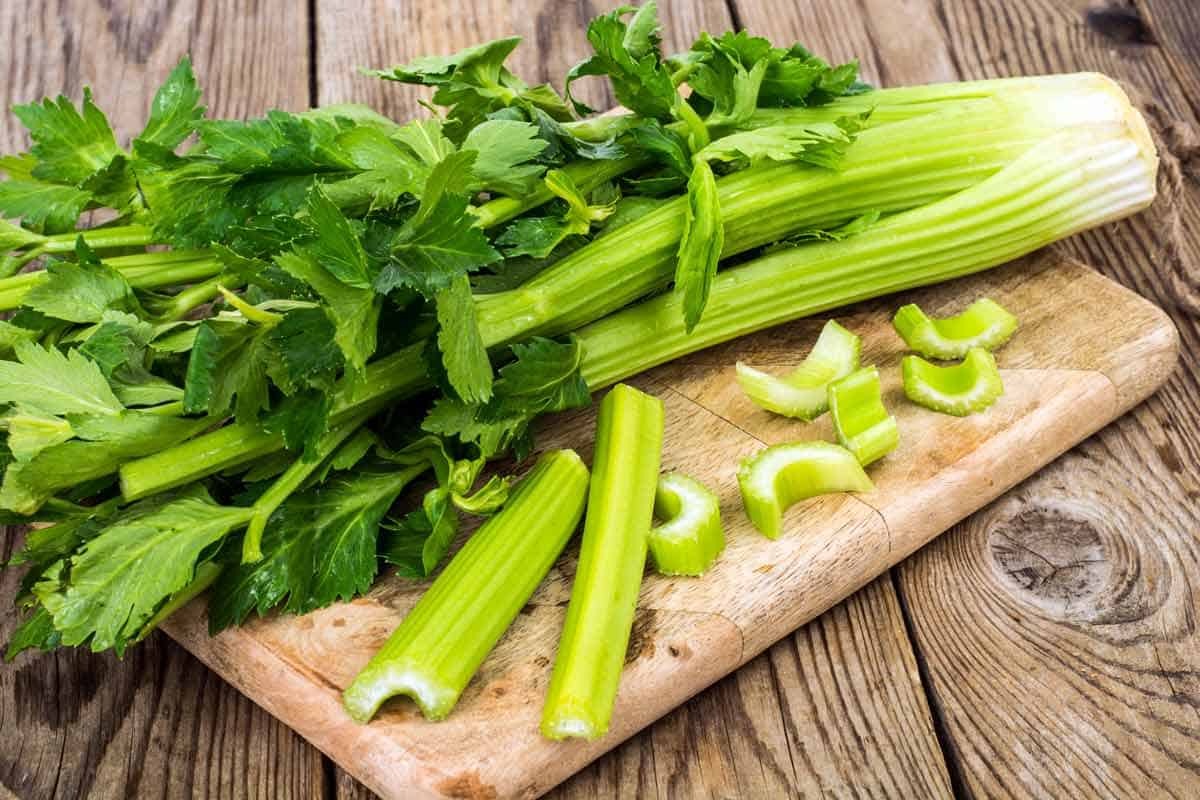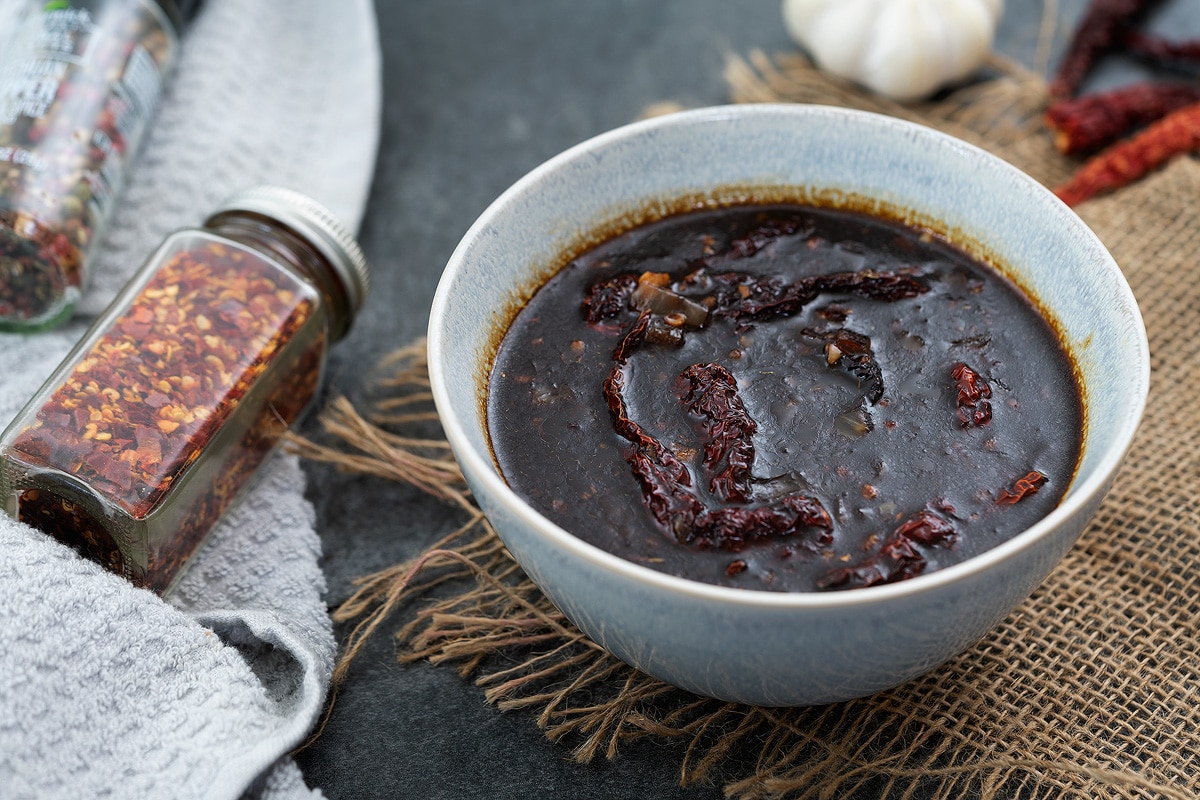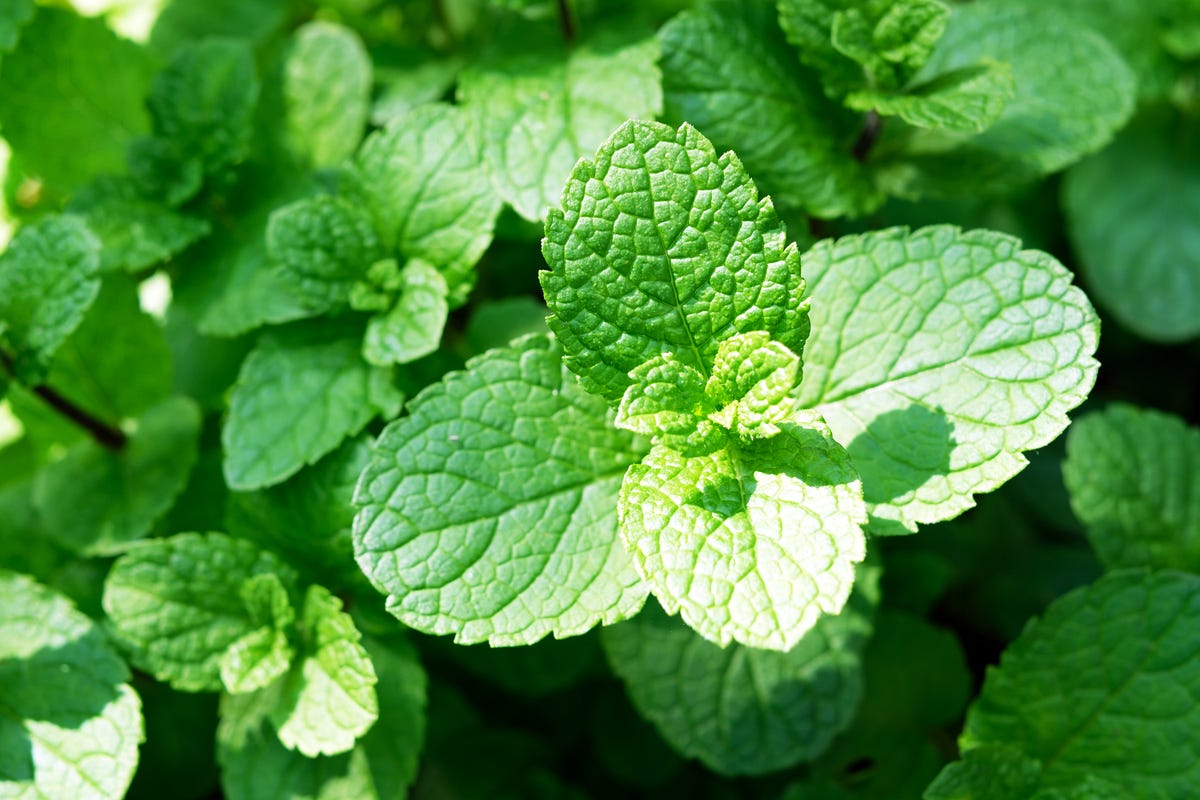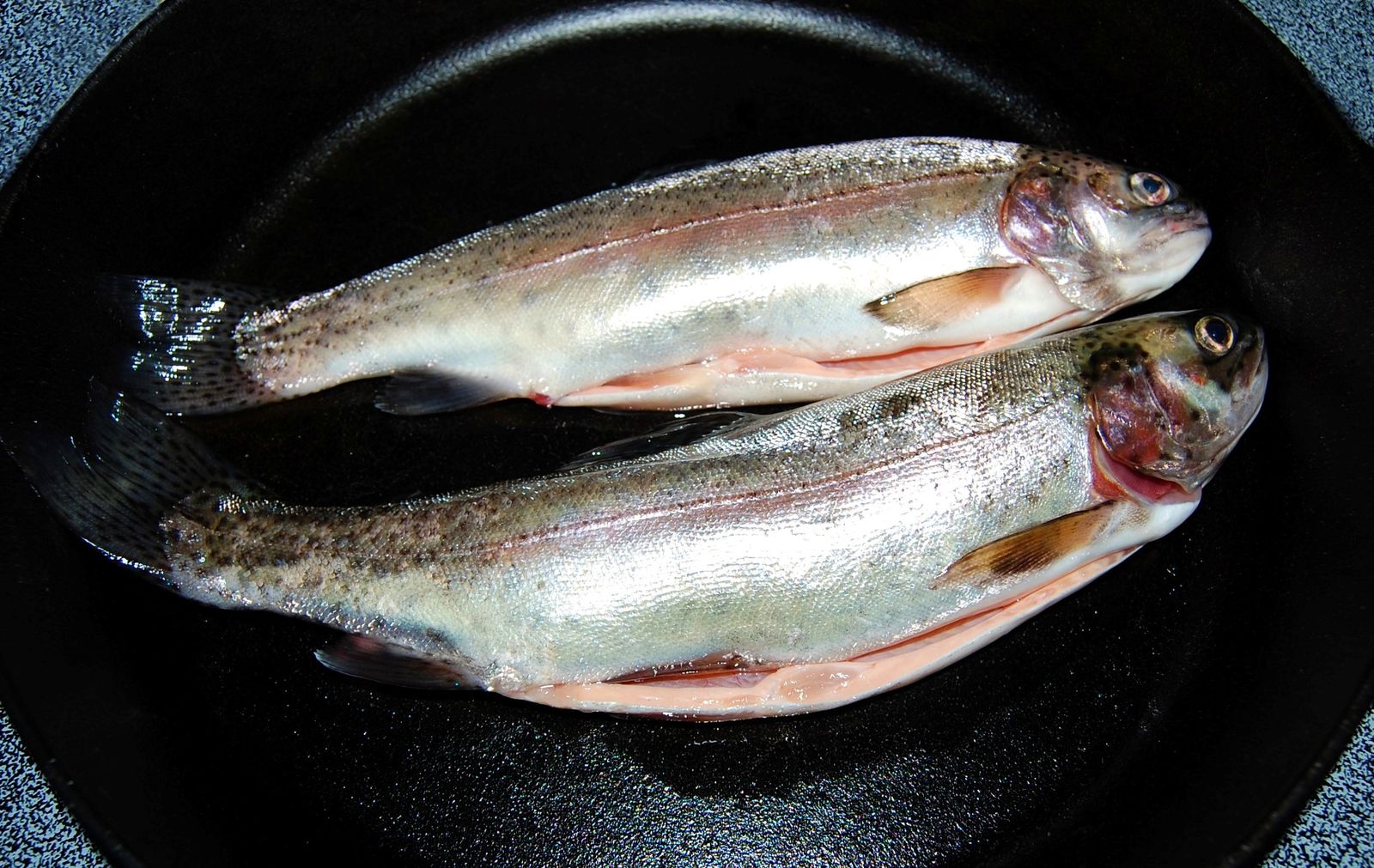When it comes to mussels, most people are familiar with the delicious seafood dish that features these small, flavorful shellfish. However, you may be surprised to learn that mussels have a unique feature known as a "beard." In this article, we'll explore what a mussel beard is and why it's an important part of these creatures.
Understanding Mussels
Mussels are bivalve mollusks that are found in both freshwater and saltwater environments. They are known for their dark, elongated shells and tender, briny meat. Mussels are filter feeders, meaning they obtain their food by filtering tiny particles from the water around them. They play a crucial role in maintaining water quality and are a popular ingredient in many seafood dishes.
What Is a Mussel Beard?
The term "mussel beard" refers to the byssus threads that mussels use to attach themselves to surfaces in their environment. These threads are produced by a gland in the mussel's foot and are made of a protein called byssal threads. The beard serves as an anchor, allowing the mussel to cling to rocks, pilings, and other substrates in the water.
The Function of the Beard
The mussel beard serves several important functions for the creature:
- Anchoring: The beard allows mussels to firmly attach themselves to surfaces, preventing them from being swept away by currents or waves.
- Protection: In addition to anchoring the mussel, the beard also provides a layer of protection against predators and environmental stressors.
- Feeding: While the beard primarily serves as an anchor, it also plays a role in the mussel's feeding process. By attaching itself to a surface, the mussel can position itself to efficiently filter food particles from the water.
Harvesting Mussels
When mussels are harvested for consumption, the beard is typically removed before the mussels are prepared for cooking. This is done to improve the eating experience and to ensure that the beard does not detract from the dish's presentation.
Environmental Importance
Beyond their culinary appeal, mussels and their beards play a vital role in the ecosystems where they are found. As filter feeders, mussels help to improve water quality by removing excess nutrients and particles from the water. Their presence can contribute to the overall health of aquatic environments.
Conclusion
In conclusion, the mussel beard is a fascinating and important feature of these shellfish. Serving as an anchor, a form of protection, and a tool for feeding, the beard plays a crucial role in the mussel's survival. Understanding the function of the beard sheds light on the remarkable adaptations of these creatures and their significance in the natural world. Whether enjoyed on a dinner plate or observed in their natural habitat, mussels and their beards are a testament to the wonders of marine life.











